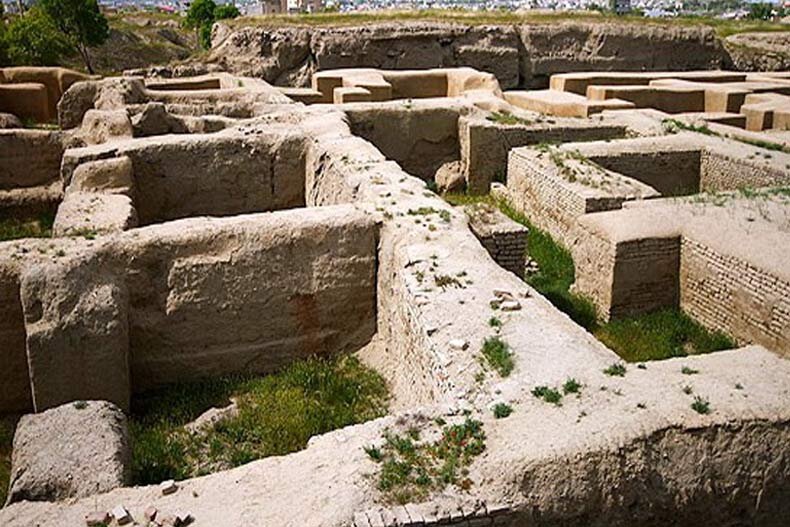New archaeological season begins at Hegmataneh

TEHRAN – A new round of archaeological excavation has recently commenced at the ancient Hegmataneh Hill in the west central Iranian province of Hamedan, provincial tourism chief has said.
The 22nd archaeological season aims at exploring and studying the rampart of the hill, ILNA quoted Ali Malmir as saying on Monday.
The Hegmataneh Hill, also called Tepe Hegmataneh (thought to correspond to the ancient citadel of Ecbatana), has a circumference of 1.4 kilometers with an area of about 40 hectares.
The view of distant mountains from the top of this low, open hill is pleasantly rewarding, especially in the late afternoon, but it’s what lies below that excites archaeologists: an ancient Median and Achaemenid city.
Small sections have been excavated over the last century, most extensively in the 1990s. There’s a smart museum nearby, as well as two Armenian churches, now part of Hamadan University.
Ecbatana was first excavated in 1913 by the French Assyriologist Charles Fossey. Excavations have been limited due to the modern town covering most of the ancient site.
In 2006, excavations in a limited area of Hegmataneh Hill failed to discover anything older than the Parthian period (247 BC – 224 CE), but this does not rule out older archaeological layers existing elsewhere within the vast site.
Known in classical times as Ecbatana, Hamedan was one of the ancient world’s greatest cities. It was the capital of Media and subsequently a summer residence of the Achaemenian kings who ruled Persia from 553 to 330 BC.
Ali Sadr cave, Ganjnameh inscriptions, Avicenna mausoleum, Alaviyan dome, Jameh mosque, and St. Stephanos Gregorian Church are amongst Hamedan’s attractions to name a few.
ABU/MG
Leave a Comment